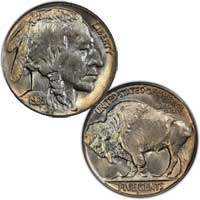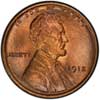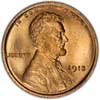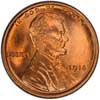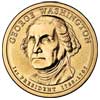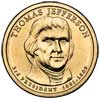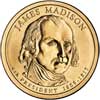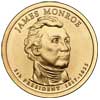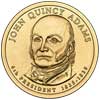Examples having adequate strikes do turn up, but fully struck pieces are rare. Like 1920-S, this date is often seen with a strong obverse and a mushy reverse, the result of overextended die use. This suggests that reverse dies were retained from previous years. Worn dies may reveal themselves also through a ridge of slightly raised metal running just inside the coin’s borders. This is due to a sinking of the dies from continual compression. The hard alloy and broad die cavities of the Buffalo Nickel made this coin type particularly subject to this form of die erosion, though it’s commonly seen also on Lincoln Cents and Indian Head Quarter Eagles.
Most 1923-S nickels have good to excellent luster that is either satiny or frosty. The latter are far more common, as the satiny quality of the dies was quickly lost to wear. Toning of varying depth is often seen for this date, though it’s rarely an asset. Most typical is monochromatic toning of golden brown, though some examples may have very pretty rainbow toning around the peripheries.
Mintage:
| Philadelphia | San Francisco |
| 35,715,000 | 6,142,000 |

